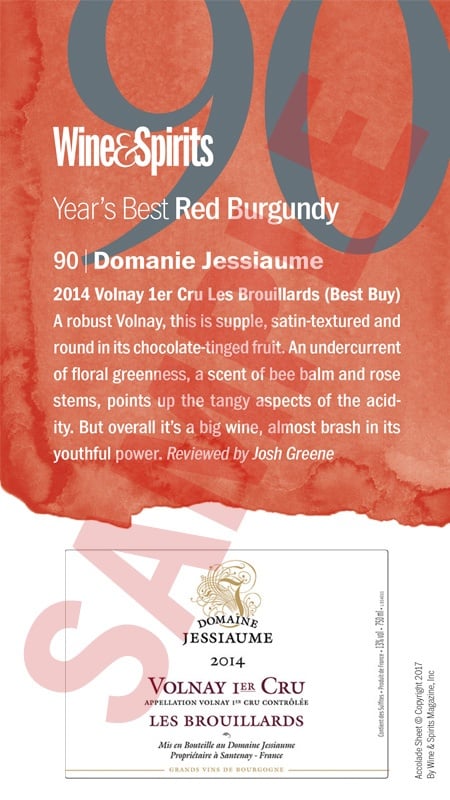Grenouilles, brandade, foie-gras mi-cuit et caibaillaud Atlantique avec beurre maître d’hôtel: If a diner has heard of these today, they’ve likely been reading Larousse Gastronomique or Le Guide Culinaire. Few contemporary chefs prepare them. And when they do, it is more likely in some old-school bastion of French cuisine, where…
To read this article and more,
subscribe now.
To continue reading without interruption, subscribe and get unlimited digital access to our web content and wine search.
This story appears in the print issue of Fall 2015.
Like what you read? Subscribe today.















